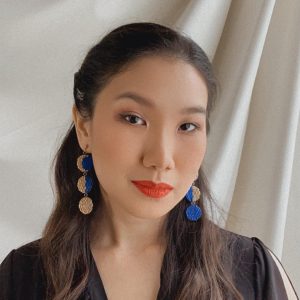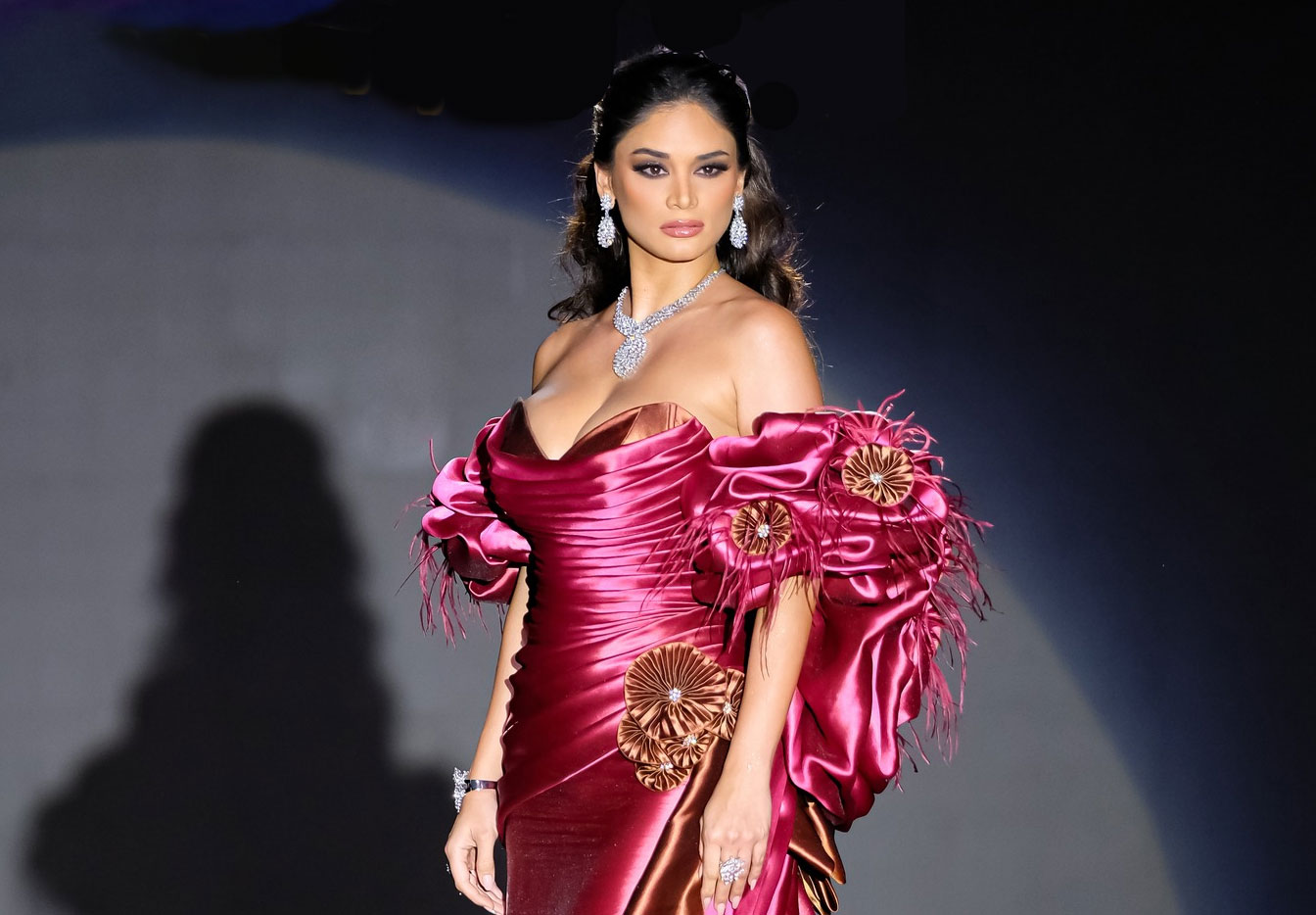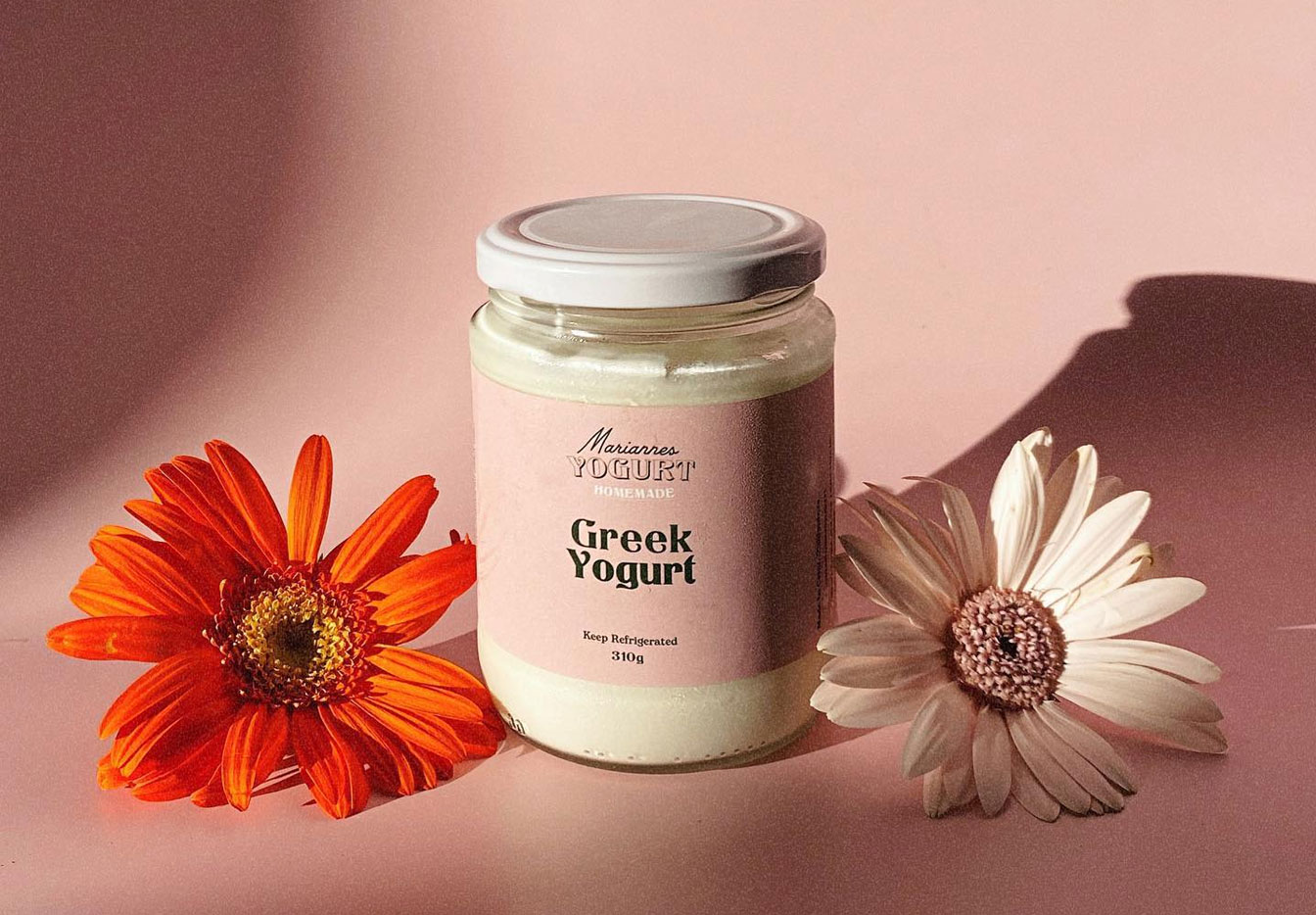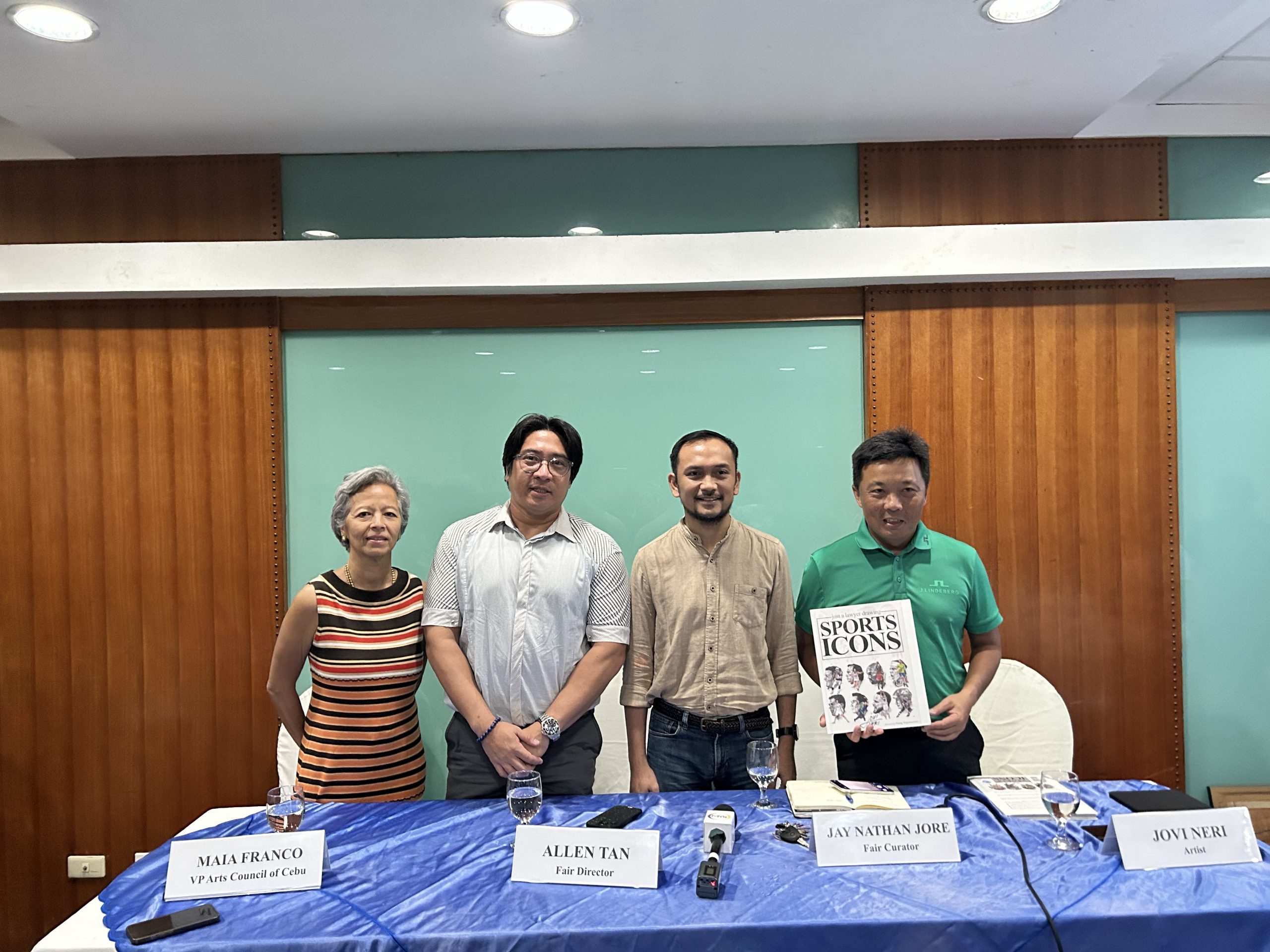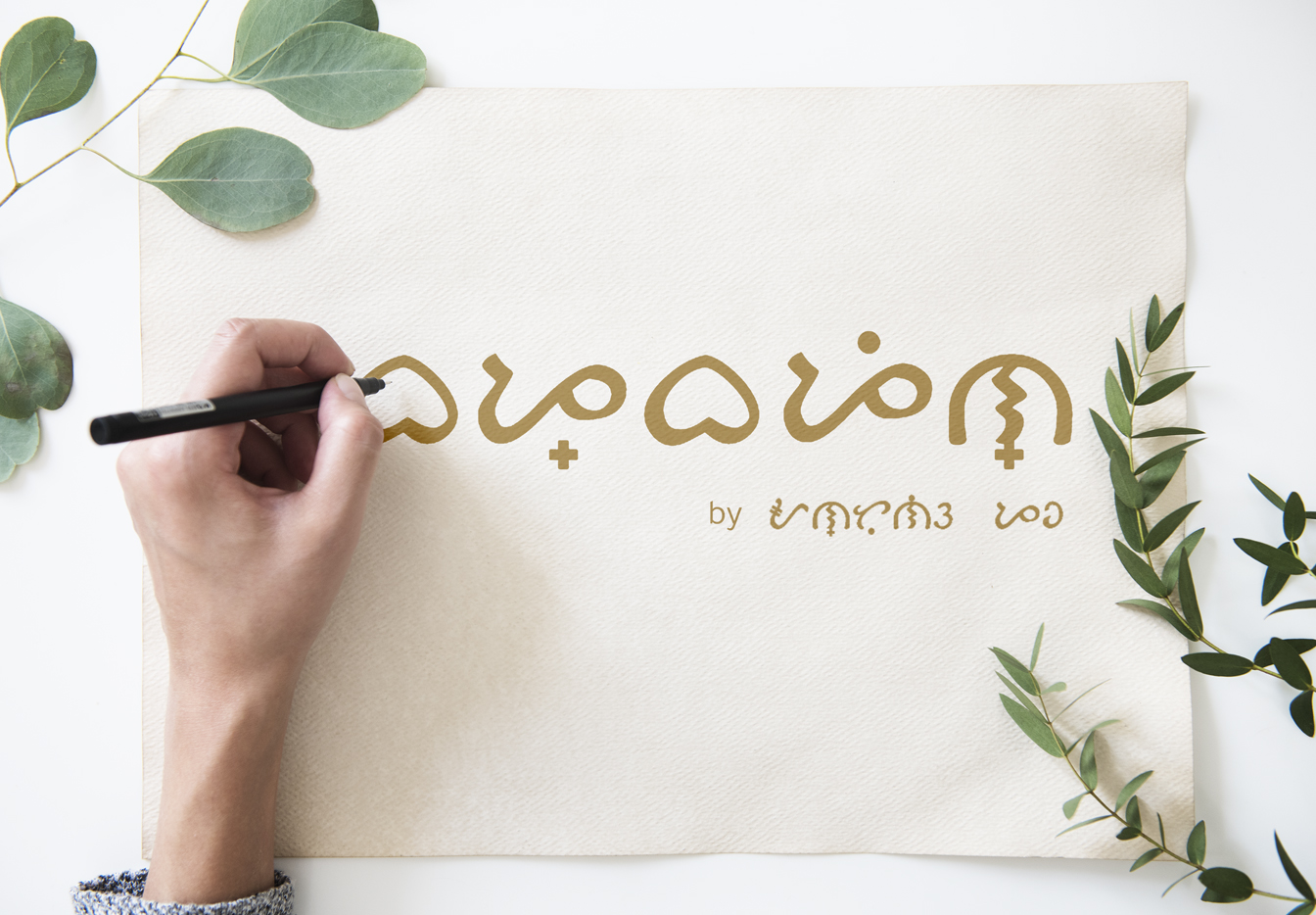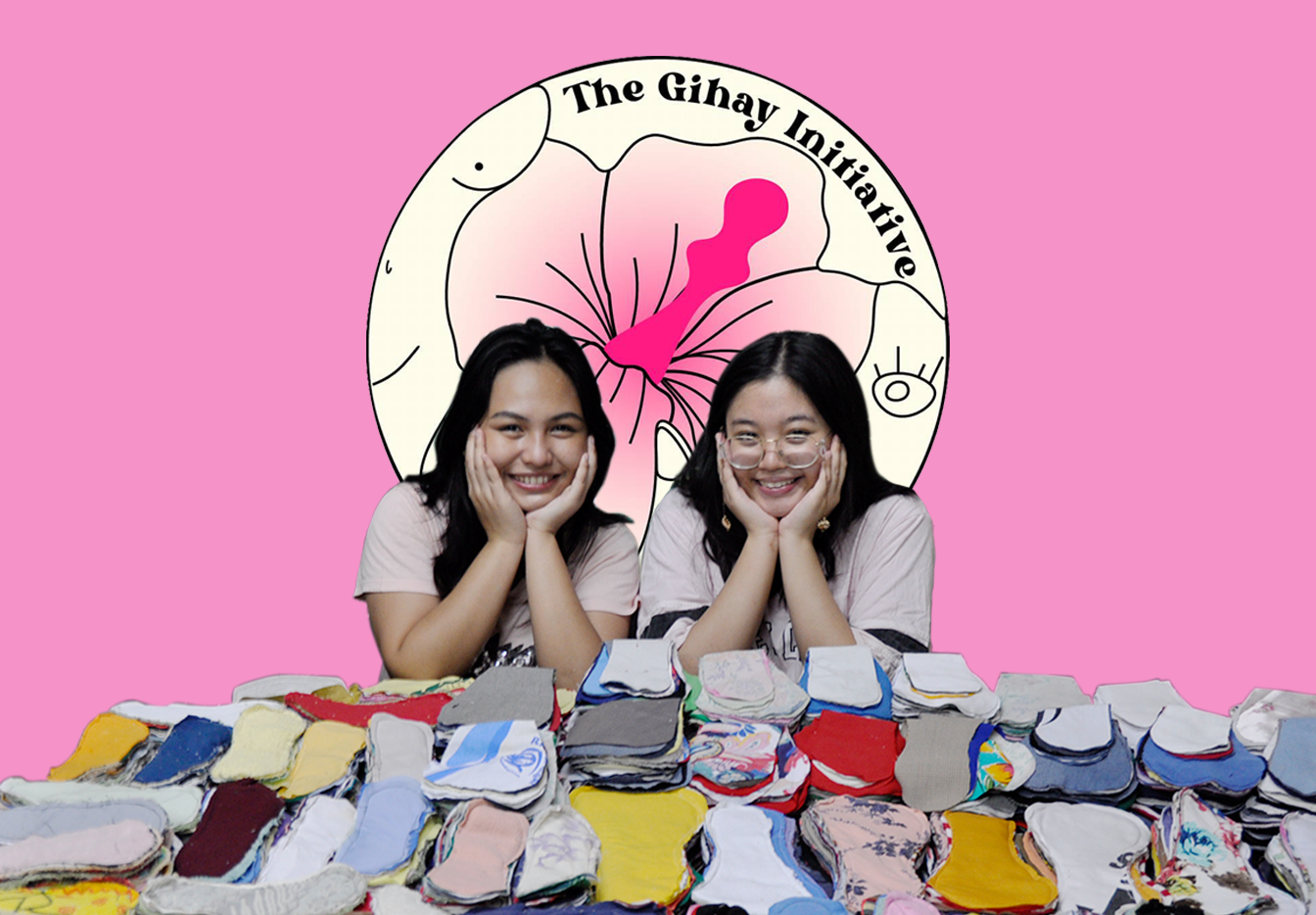Many of us are familiar with Western mythology and folklore, from the Greek heroes to the Norse gods, to the Celtic fae. But did you know that right here in the Philippines, we have our own rich traditions of folklore, epics, and myths?
Here are five precolonial Filipino deities and mythological creatures you might not have heard of:
Illustrations by Cyril Labao
Oryol
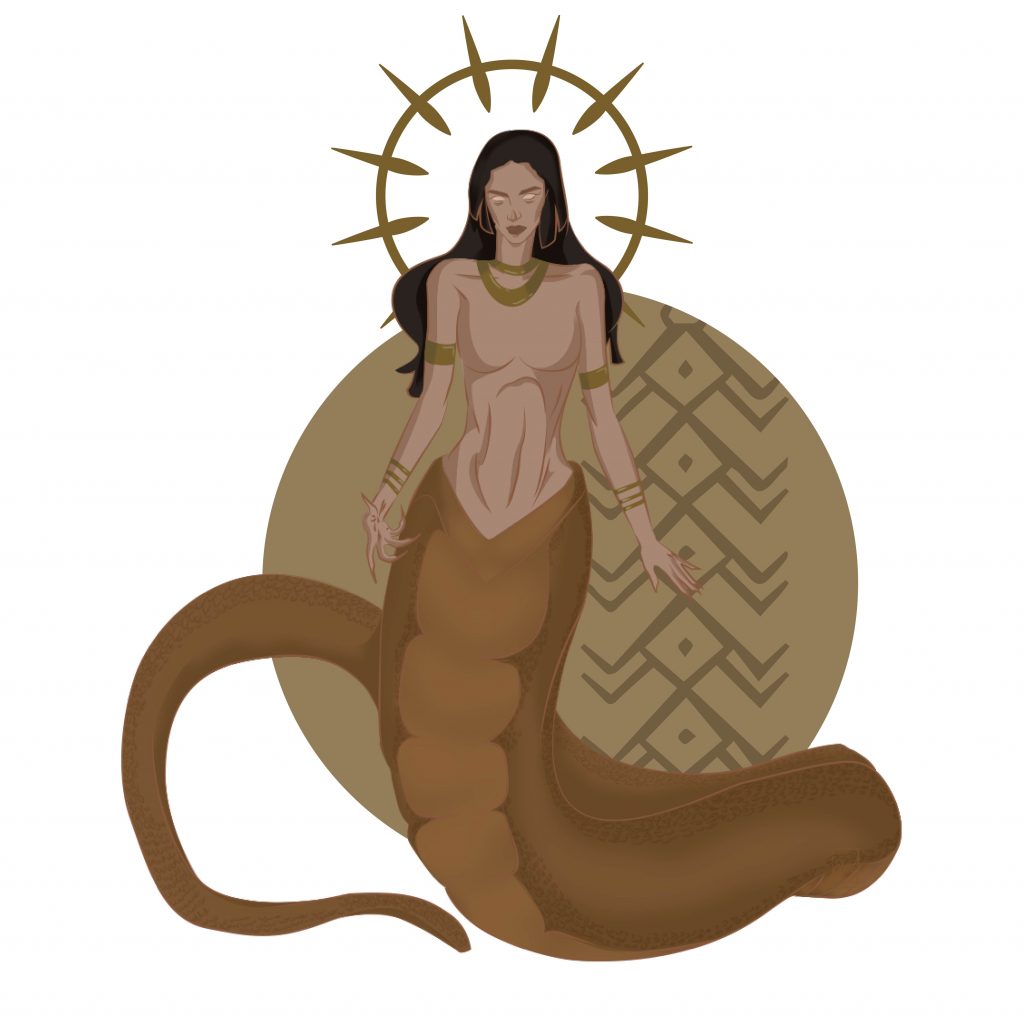
Oryol is a demigoddess in Bicolano myth, the daughter of Asuang, the god of evil in the Bicolano mythological pantheon. Oryol was said to be a beautiful maiden whose lower body was that of a serpent. She possessed inhuman beauty and strength, and her voice could mesmerize men, women, and even animals.
In the Ibalong, a Bicolano folk epic, Oryol leads her legion of monsters against the humans and their leader, Handiong. In some tales, Handiong breaks the curse that forces Oryol to turn into a snake, and the two fall in love and marry, ushering in a golden age for their land.
The Magindara
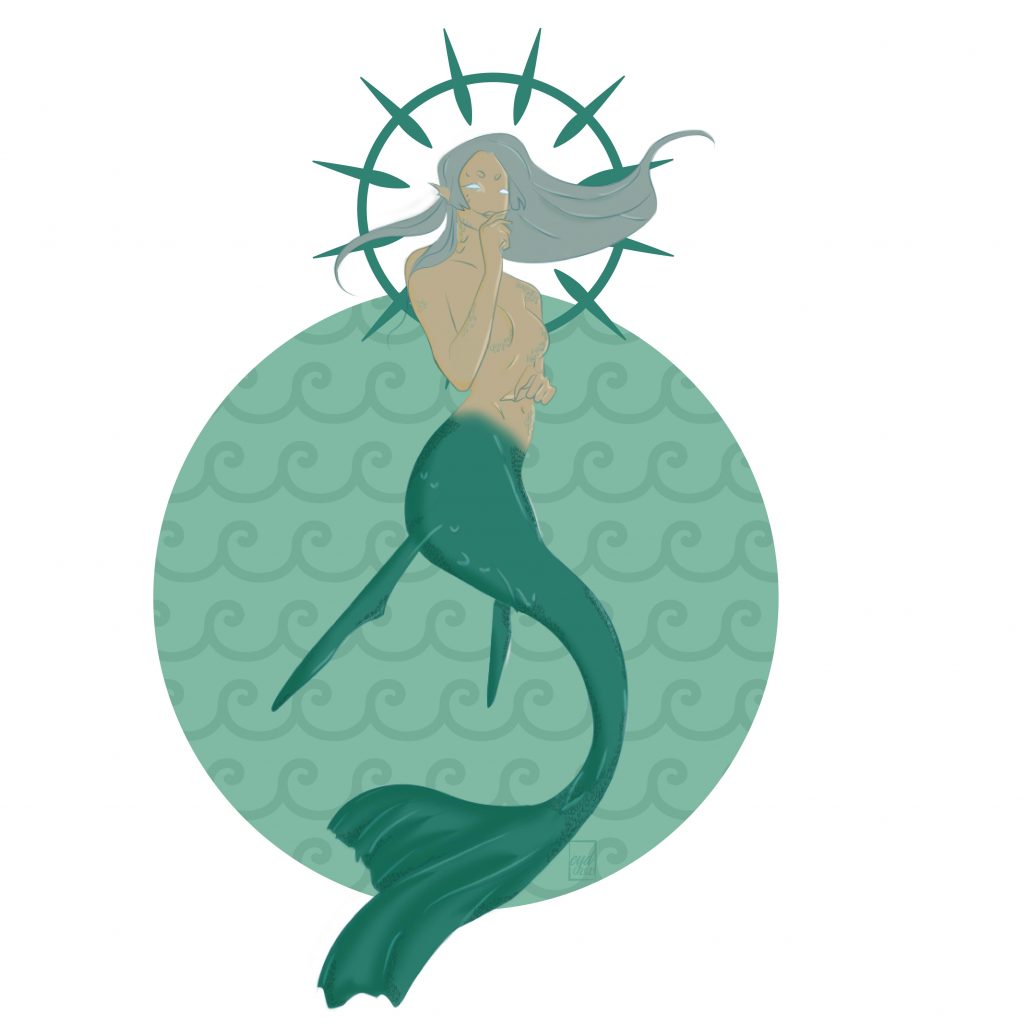
The Magindara are mermaids in Bicolano myths. Like their Western counterparts, the magindara are beautiful, with voices that can enchant mortals. In some stories, the Magindara are benevolent guardians of sailors and fishermen, but in others they are the “aswang ng dagat”, vicious monsters who use their beauty and voice to lure men and devour them.
In some myths, Magindara is the other daughter of the evil god Asuang, and the sister of Oryol. Unlike her devious and cunning sister, Magindara was sweet and kind. Her refusal to help her father bring chaos to Ibalon caused him to banish her to the ocean depths. Later, vicious mermaids appeared in these waters and were called ‘magindara’, after the fallen demigoddess.
Magwayen
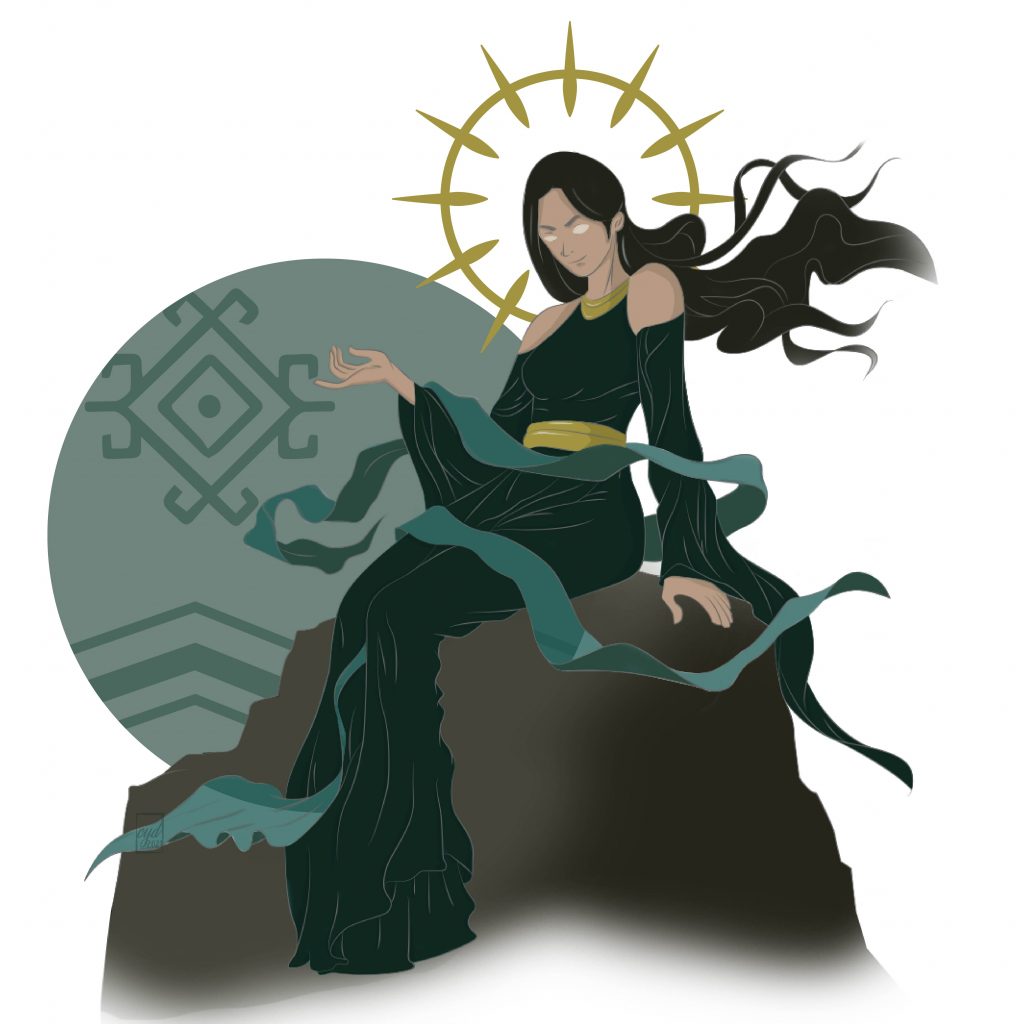
Magwayen is the primordial goddess of the sea and the underworld in Visayan mythology. She, along with the sky god Kaptan, created the world and the first humans.
She personifies the ocean and is depicted as calm and nurturing, providing a bounty of food for our ancestors. But, like the ocean, she can also be tempestuous and violent, capable of causing storms and tsunamis when angered.
Magwayen had a daughter, Lidagat, who married Kaptan’s son Lihangin. After Lidagat died, Magwayen was so consumed by grief that she followed her daughter’s soul to the underworld. As the ocean reaches all lands and flows into underground rivers, this led to the belief that she is one of the few gods who can enter the realm of the spirits. Longing to be near her daughter, Magwayen took up the role of ferrywoman and ferried the souls of those departed to Saad, the land of the ancestors.
Naginid
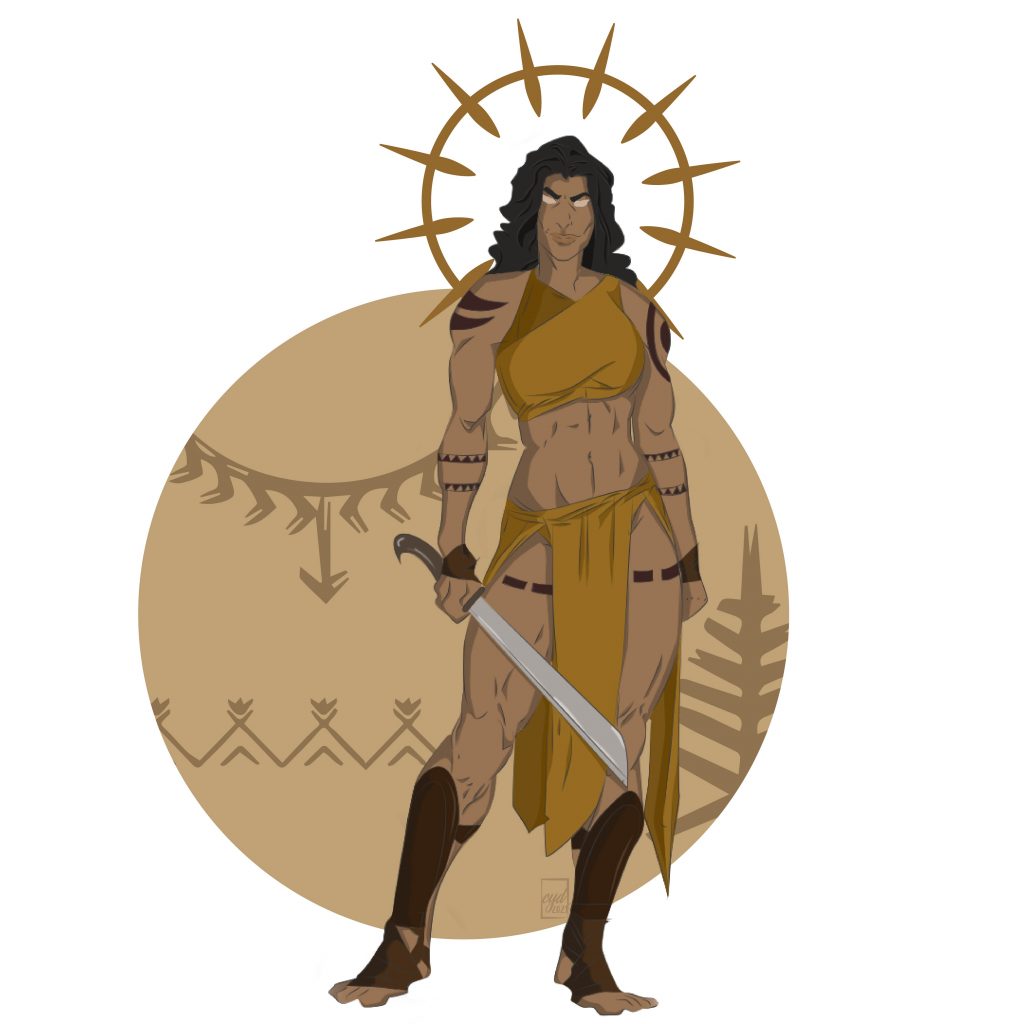
Naginid, also known by the Hispanic spelling Ynaguinid, is the Visayan goddess of war, poisons, and weapon-making. She is one of a trinity of war gods that warriors pray to before or during battles.
Long ago, Naginid appeared to a group of hunters lost in the forest. She taught them the secrets to making toxic concoctions using the various flora in the forest. She also taught them how to extract snake venom and mix it with an oil to create a poison called “odto”, meaning “high noon” because anyone struck with a weapon coated with this poison wouldn’t live past midday.
The Timawa, the warrior class of ancient Visayan society, through the babaylan (priestesses) would commune with Naginid, Barangaw, and Makanduk, the trinity of war gods, praying to the gods to bless them with bravery and strength to overcome their enemies in battle.
Lalahon
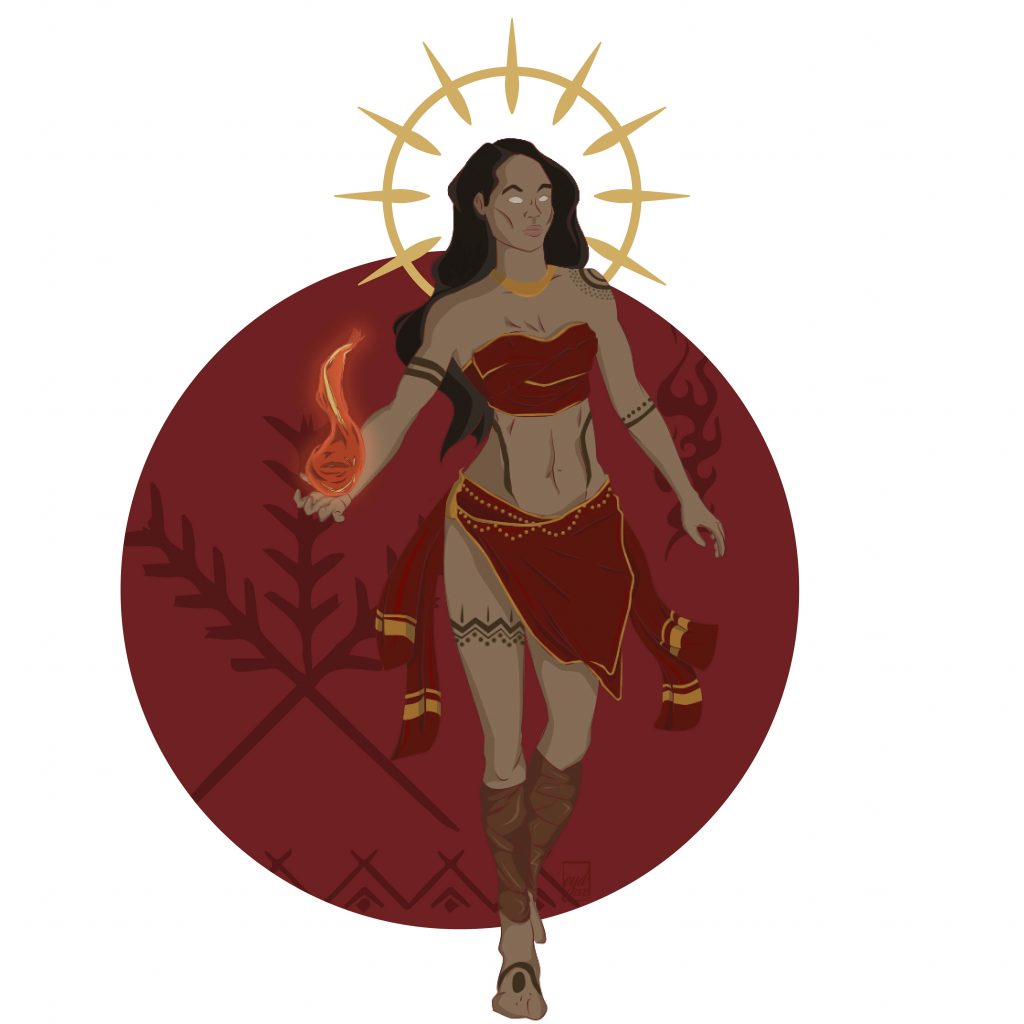
Lalahon is the goddess of agriculture in Visayan mythology. It is said she lives in Mt. Kanlaon, and because of this she is also sometimes associated with fire and volcanoes.
Among many Visayan groups, Lalahon, also called Laon, is worshipped as the supreme goddess and creator of all things. Like a nurturing mother, she protected their crops and was invoked to ensure a good harvest. Though if angered, Lalahon could sometimes send locusts to destroy the crops.
These are just a few of the many mythological deities our ancestors believed in. With eighteen regions sprawled over seven thousand islands, each with its own mythological pantheons, there is so much to explore and discover! Learning about our ancestors’ stories and beliefs is important in keeping our culture and traditions alive for future generations.
See Susanne Verallo’s heritage- and mythology-inspired pieces on Susanne Verallo and Una Artesana.


